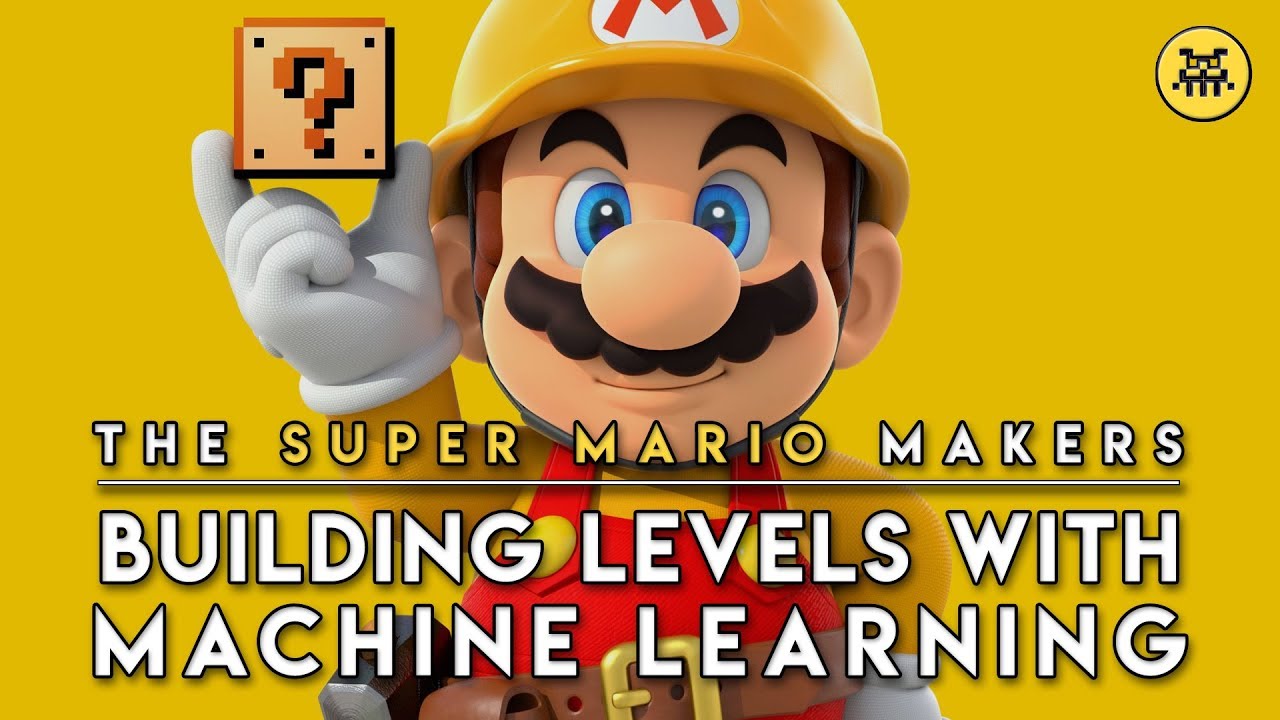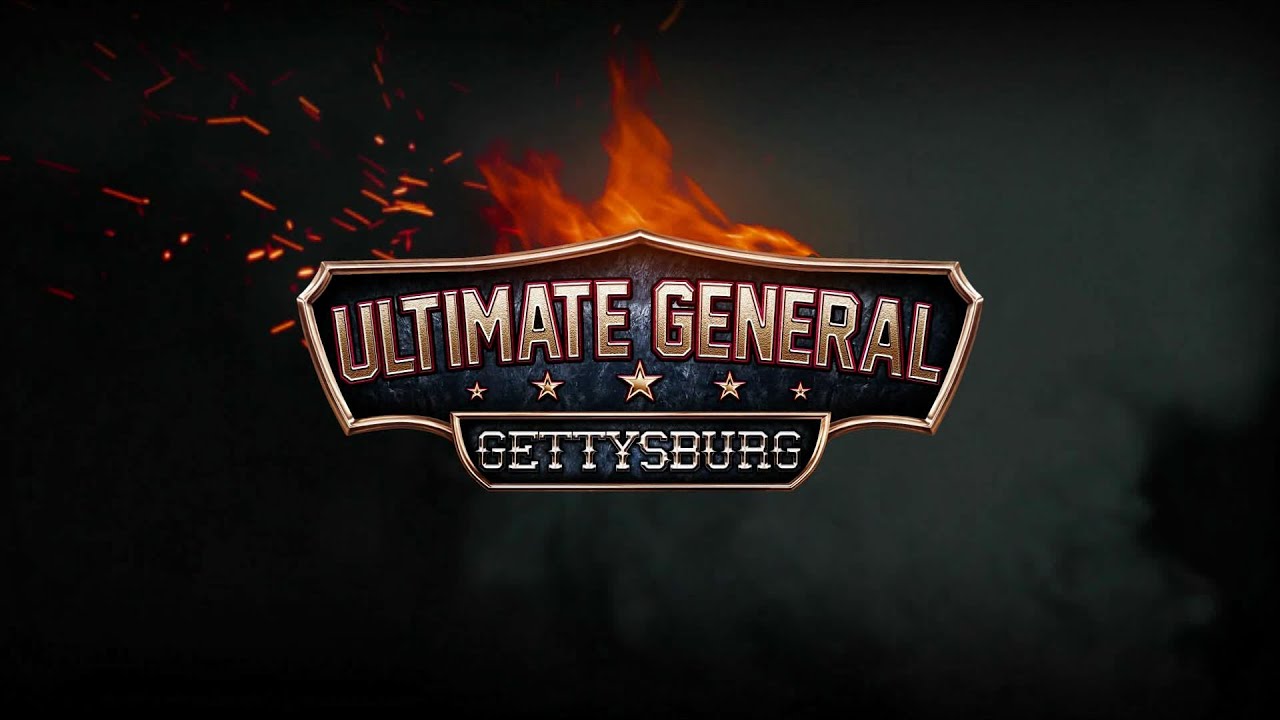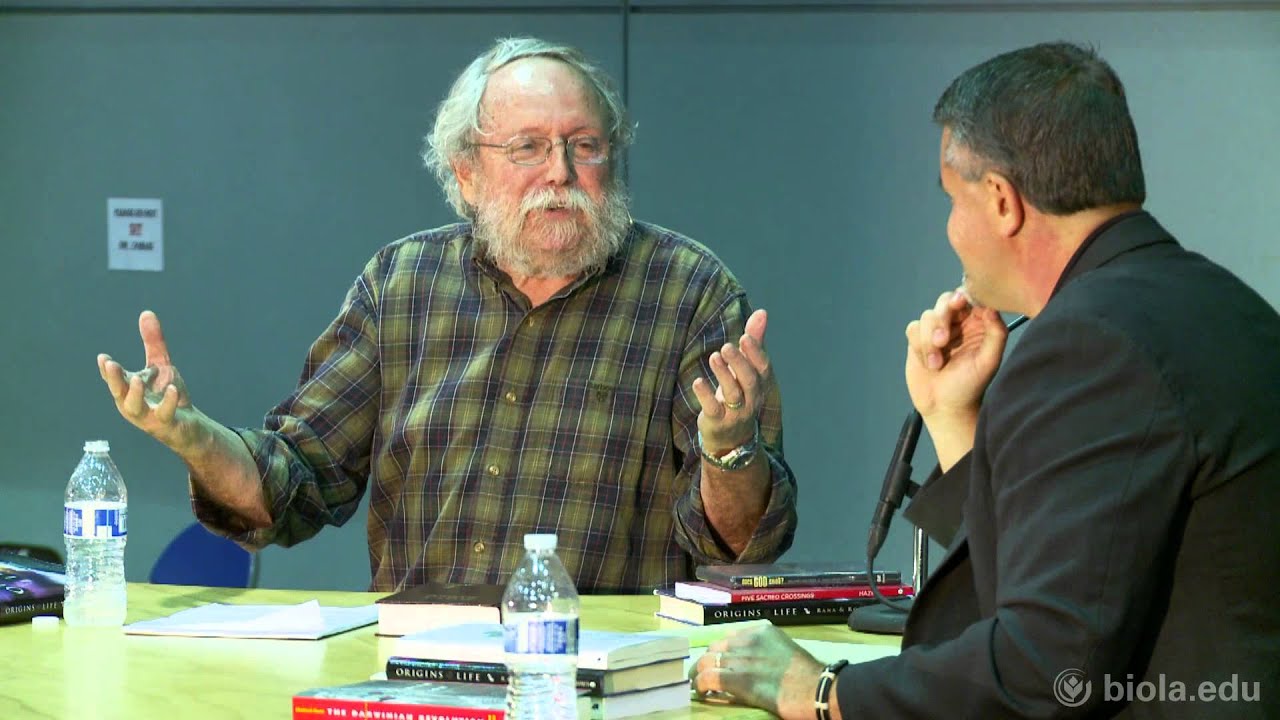AI and Games
It’s been 10 years since the first ever Mario AI Competition, so I return to the world of Super Mario level generation research and catch up one some of the more interesting examples that have arisen in recent years.
—
You can read the article based on this video on the AI and Games website and on Medium:
http://www.medium.com/@t2thompson/mariomakers-8a67b25866dd
http://www.aiandgames.com/mario-makers
—
This video uses footage of Super Mario Bros. from World of Longplays:
https://www.youtube.com/watch?v=rc62hFksKo4
Video footage of 4K Metroid Prime 2 from YouTube channel iamthegr34td3str0y3r:
https://www.youtube.com/watch?v=39xrl9z2ZZs
This video is inspired by the following AI research papers and projects:
NOOR SHAKER:
http://lynura.com/publications.php
STEVE DAHLSKOG:
Steve Dahlskog and Julian Togelius (2012): Patterns and Procedural Content Generation. Proceedings of the FDG Workshop on Design Patterns in Games (DPG).
http://julian.togelius.com/Dahlskog2012Patterns.pdf
Steve Dahlskog and Julian Togelius (2013): Patterns as Objectives for Level Generation. Proceedings of the Workshop on Design Patterns in Games at FDG.
http://julian.togelius.com/Dahlskog2013Patterns.pdf
Steve Dahlskog and Julian Togelius (2014): A Multi-level Level Generator. Proceedings of the IEEE Conference on Computational Intelligence and Games (CIG).
http://julian.togelius.com/Dahlskog2014Multi.pdf
Steve Dahlskog, Julian Togelius and Mark J. Nelson (2014): Linear levels through n-grams. Proceedings of Academic MindTrek.
http://julian.togelius.com/Dahlskog2014Linear.pdf
ADAM SUMMERVILLE:
Summerville, A.J., Philip, S., & Mateas, M. (2015). MCMCTS PCG 4 SMB : Monte Carlo Tree Search to Guide Platformer Level Generation.
https://pdfs.semanticscholar.org/79f1/edef6f59446144bd348599e6138ee78589ea.pdf
Summerville, A., & Mateas, M. (2016). Super Mario as a String: Platformer Level Generation Via LSTMs.
https://arxiv.org/pdf/1603.00930.pdf
MATTHEW GUZDIAL:
Guzdial, M.J., & Riedl, M.O. (2016). Toward Game Level Generation from Gameplay Videos. CoRR, abs/1602.07721.https://arxiv.org/ftp/arxiv/papers/1602/1602.07721.pdf
VANESSA VOLZ:
Volz, V., Schrum, J., Liu, J., Lucas, S.M., Smith, A.D., & Risi, S. (2018). Evolving mario levels in the latent space of a deep convolutional generative adversarial network. GECCO.
https://arxiv.org/pdf/1805.00728.pdf
GitHub Repository:
https://github.com/TheHedgeify/DagstuhlGAN
AHMED KHALIFA:
The Mario AI Framework (10th Anniversary Edition)
http://marioai.org/
—
AI and Games is series on research and applications of Artifical Intelligence in video games. It’s is supported through and wouldn’t be possible wthout the wonderful people who support it on Patreon.
http://www.patreon.com/ai_and_games
http://www.paypal.me/AIandGames
http://www.ko-fi.com/AIandGames
—
Get yourself an AI and Games t-shirt over on Teespring!
https://teespring.com/stores/aiandgames
You can follow AI and Games (and me) on Facebook, Twitter and Instagram:
http://www.facebook.com/AIandGames
http://www.twitter.com/AIandGames
http://www.instagram.com/aiandgames/
http://www.twitter.com/GET_TUDA_CHOPPA
—
#SuperMarioMaker2 #DeepLearning #MachineLearning
Source




It's been 10 years since the first Mario AI competition and four years since my video covering said event! While the competition ended in 2012 there has been a lot – and I mean A LOT – of Mario-related research since. Hopefully you'll agree that some of these new level generators are pretty exciting! It's been great to revisit that world and I want to give special thanks to Steve, Adam, Matthew and Vanessa, all of whom helped me make this video a reality.
Wow, I've just finished my Thesis in Procedural generation of levels using Genetic Algorithms and all this would have come handy, especially the Mario Framework since developing the game was the toughest part and it kept me from focusing on the generation part. Thank you for the video though it gave me a lot of ideas for future projects!
This is just so fascinating
bringing practical science to video games always brings a smile to my face
Steve has been my teacher 0.o
Yes please, 4k Morrowind details!
Wed morning just got a lot bettah.
I wonder if it'd be possible to somehow make an AI that creates levels that are specifically fun for the player. Like, simply by feeding AI levels that people consider good, and leves that people consider bad, and trying to teach AI how to design good levels.
If you look at Mark Brown's series "Boss Keys", you will notice that metroidvania levels and Zelda dungeons are actually surprisingly similar in concept, so work that went into generation of Zelda dungeons could perhaps be applied to metroidvanias. And as a Doom player, I personally recognize similarity between metroidvanias and Doom levels, and Doom community used OBLIGE level generator that creates relatively fun customizable Doom levels for many years now.
I would be really interested in a video showing how AI is being used to upscale older video games graphics. Keep up the great work!
Strange that there is so much attention to generating levels. Like why is it so important? But anyway if it's important what is the definition of how to make a Mario level, why not just contact the original developers?
19:46 Yes Please
Hey,thanks for your content, you inspired me to start learning to make game A.I. and programming!
TEXTURES!
You can't inifinitely make new levels without new gimmicks
Please do that video on AI texture upscaling. I've heard a bit about it before and it sounds fascinating
Truly amazing start.. So much potential. First video games, textures, and fake photos, next maybe even something like film?
I really really want to play Mario Maker now.
The perfect machine learning model will just recreate miyamoto's brain
Building a level in isolation won't work. The machine learning algorithms would need to be sophisticated enough to understand the player responses required or suggested by a particular environmental obstacle, and it would aim to weave these obstacles together based on their accompanying responses into a cohesive gameplay narrative.
Just sayin'
EDIT: nevermind you cover this 14 minutes in, ignore me
how is GANs used to retexture metroid prime?
but mario levels are simply an exercise in using the limits of Mario's skills. they are not a pattern onto themselves. these people seem to be approaching it incorrectly.
"The DISCRIMINATOR" Thats what I call an AI that was teached bullying Mario Levels 😀
I'm interested on those AI texture upscale episodes 😀
I recently got to talk to the developers of a piece of software called “Chematica” which uses programmed-in knowledge of chemistry to suggest synthetic routes to products. The problem they’d been working on was how to effectively present the options – which might number in the hundreds of thousands – to the user. The big deciding factor after cost was novelty – suggesting a wide range of low cost options and allowing the user to then explore the neighbourhoods of particular options once they see the lay of the land. (I think you could interrogate the graph of options directly.)
Your video got me thinking about whether AI approaches would be useful in helping people find interesting Mario Maker levels, or user generated content in general. Using these tools to evaluate some quantitative parameter like difficulty or clear time, but also to help present a diverse range of styles. (Goodness knows online content/product catalogues could do with that in general, but Mario levels seem more tractable.)
I would love a video on GAN texture scaling, but I wonder if general-purpose image-scaling GANs will come to TV sets and make that a bit moot before it’s widely used. Why remake Metroid Prime in HD with GAN textures when my telly could hallucinate a higher resolution for the GC original running off original hardware?
Let's try my best to emulate a proper comment for this video by taking the other comments into account:
Yes, please so GANs perfect just Mark TEXTURES start.
Just mocking. The way the study starts is so broken. The AI even breaks the final stairscase, that is a Super Mario staple.
Players not only get the quantity and spacing of objects, people are introduced to mechanics or rules early in a level or when a new element appears in scene. They won't enjoy dealing with patterns the level haven't warned. Technically humans has to teach computers how to teach humans how to teach computers…
What is a cheeky like?
One thing that may help tremendously (though, I guess that's the first thing AI will replicate) is that there is virtually no verticality (except in fortresses in more recent Mario games).
“Georgia Tech University” lol
I love your accent, where is it from?
“Dahlskog” Sounds Swedish!
“… in Malmö University Sweden …”, well that would explain why…
I may be wrong but I sense a Fife accent?? 👀 also I luv the video I should rly be asleep right now lmao
18:23 notice how you say organs
You spent 25 minutes repeating the same phrases over and over again, most of the rambling made little sense….. try to focus on the key points and be concise.
This AI makes better levels than the entire mario maker community.
You know what game would work well with neural networks integrated into it? Dwarf Fortress. I say that because it's so heavily algorithm based you could generate things with dwarf Fortress and make something which tells if it's convincing or not. You could have the network say "fondlefoot" is a silly stupid suggestion for the name of a town next to a river but "freshwater gulch" is fitting. Generate crazy designs for fortresses and see if the dwarves actually survive and see if it comes up with the exploits that players rely on to make the game run smoothly. Is it merciless, torturing everyone and forcing them to work to make things function? If you told it to make everyone happy, would that result in killing off the weak, making the strong happier? Will it just kill everyone and make sure that the cats are happy wandering around killing rats? If you told it to make a wood themed Fortress, would it build solely on land? If you got it to control the distribution of metals underground to create the most stable economy how would it go about doing it? I know that's not exactly how neural networks function but it seems like such a simulation heavy game that you could make one aspect controlled by a neural network and it would adapt itself to it.
Imagine telling other people that you have PhD in making Super Mario Bros Levels!